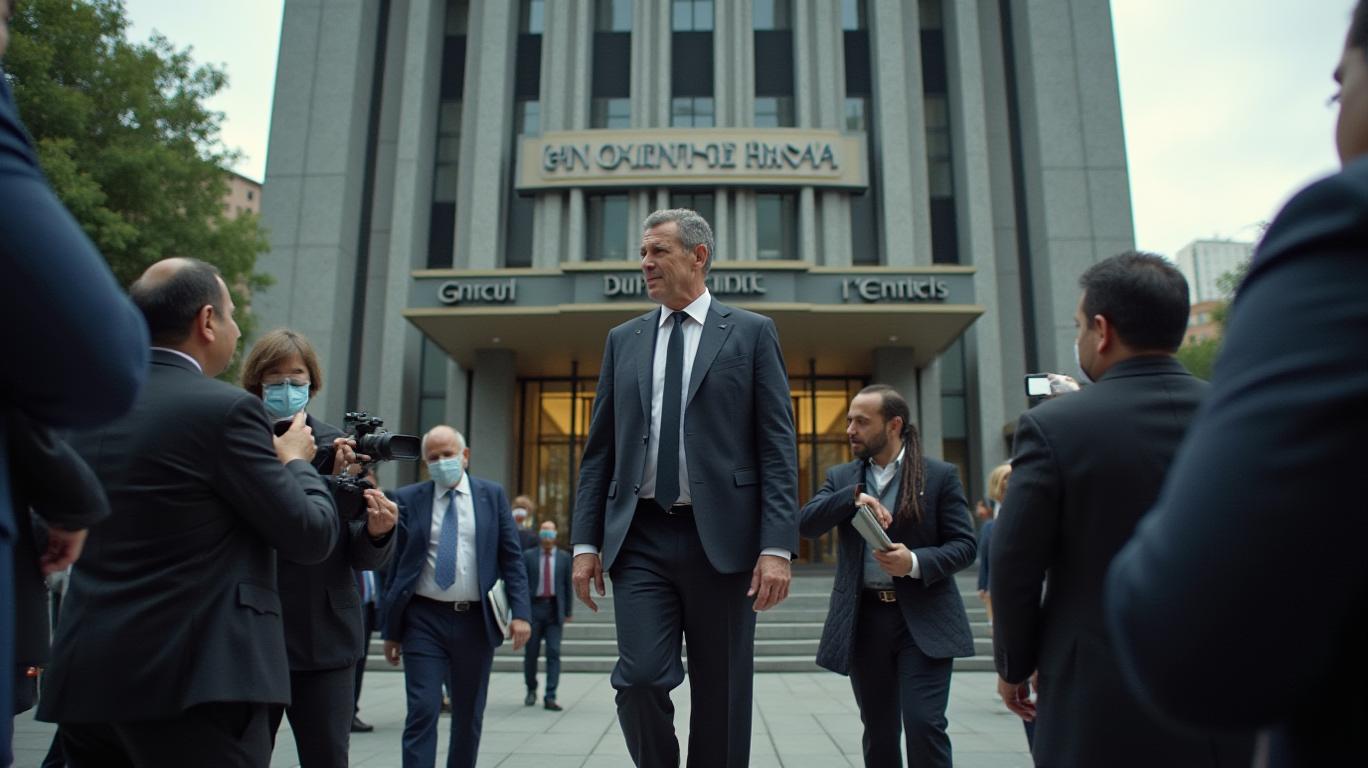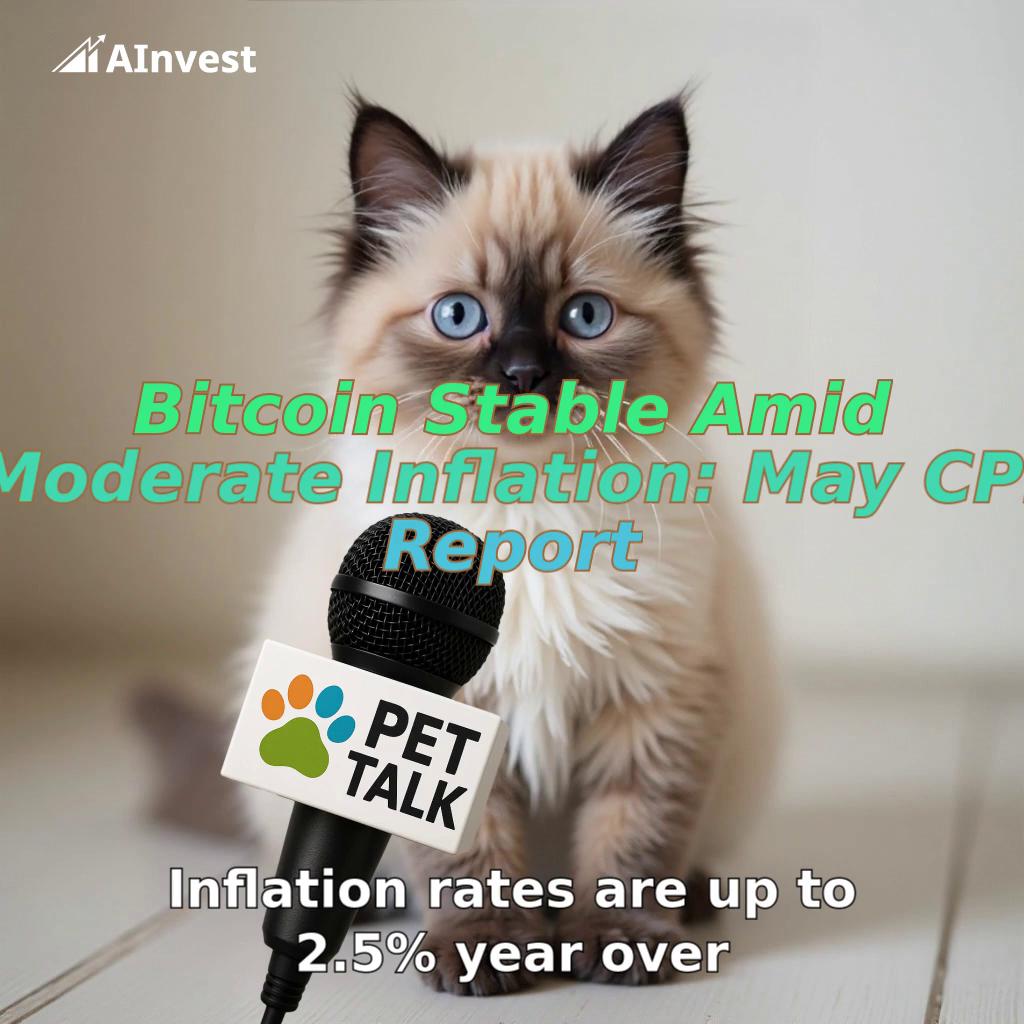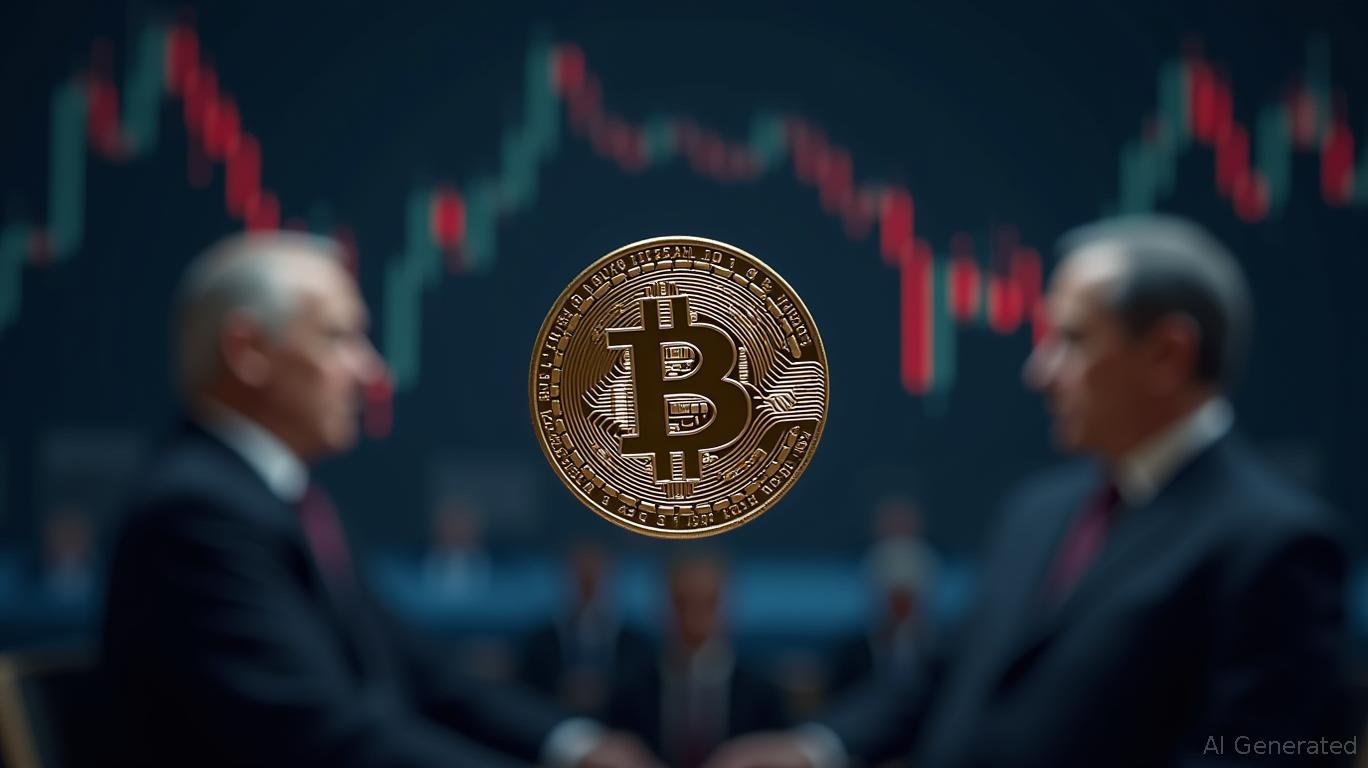Brazil’s Central Bank Holds Steady on May Rate Hike: Navigating Inflation and Uncertainty
The Banco Central do Brasil has reaffirmed its commitment to combating inflation through continued rate hikes, despite mounting economic headwinds. In its March 2025 policy meeting, the Central Bank’s Monetary Policy Committee (Copom) raised the benchmark Selic rate to 14.25%—a level not seen since 2016—and signaled further tightening in May, albeit at a smaller increment. This decision underscores the bank’s resolve to prioritize price stability over short-term growth, even as fiscal stimulus measures and global uncertainties cloud the outlook.

The Inflation Dilemma: Why Rates Must Stay High
Brazil’s inflation remains stubbornly elevated, driven by rising costs in housing, education, and food. The annual inflation rate hit 5.06% in February 1025, exceeding the central bank’s 3% target and its tolerance band for the fifth consecutive month. Copom’s March minutes highlighted unanchored long-term inflation expectations, a critical risk requiring prolonged monetary tightening.
The central bank now projects 2025 inflation at 5.1%, with a 70% probability of ending the year above the 4.5% upper limit of its target range. Even in 2026, inflation is forecast to fall only to 3.7%, with a 28% chance of surpassing the upper tolerance boundary. The bank’s baseline scenario envisions inflation finally converging to 3% by late 2027—a timeline stretching nearly three years from today.
May’s Rate Hike: Smaller, But Still Significant
Copom has left May’s rate decision intentionally ambiguous, though market expectations lean toward a 50–75 basis-point hike, lifting the Selic rate to between 14.75% and 15.00%. Analysts at JP Morgan predict two additional hikes in May and June, pushing rates to 15.25%, while Capital Economics anticipates a 15.00% peak after a single 75-basis-point move.
Central Bank President Gabriel Galípolo has emphasized the need for flexibility, noting that uncertainties—such as the lagged impact of past rate hikes and evolving fiscal policies—require a cautious approach. “The cycle needs to be extended,” he stated, “but the pace must moderate.”
Economic Crosscurrents: Growth vs. Inflation
Recent economic data present a mixed picture. While Copom acknowledged an “incipient moderation” in growth—reflecting weaker Q4 2024 activity—labor market resilience and resilient consumer spending have tempered the slowdown. For instance, Brazil’s unemployment rate dipped to 7.2% in early 2025, near pre-pandemic lows.
However, structural challenges persist. 42% of Brazil’s bank loans are tied to government-regulated credit lines (e.g., housing, rural loans), which are less responsive to central bank rate changes. This “earmarked credit” system forces the bank to raise rates more aggressively than in economies with flexible lending frameworks.
Global and Fiscal Risks Complicate the Picture
External factors, including U.S. trade policies and currency fluctuations, add to the uncertainty. The Brazilian real (BRL) appreciated 9% against the U.S. dollar in early 2025, but this has done little to anchor inflation expectations. Meanwhile, fiscal measures—such as payroll-deductible loans and tax exemptions for lower-income workers—risk stoking demand and inflation.
Galípolo has dismissed these policies as “structural” rather than cyclical, but their impact on credit flows remains unclear. “The central bank’s projections exclude these measures,” he noted, “as their effects are still being assessed.”
Investment Implications: Navigating Brazil’s Tightrope
For investors, the path forward hinges on balancing inflation risks and economic resilience. Key considerations include:
1. Currency Exposure: The BRL’s appreciation may continue if inflation eases, but central bank hikes could limit downside risks.
2. Equity Sectors: Defensive sectors like utilities and telecoms—less sensitive to rate hikes—may outperform.
3. Bond Market: Short-term bonds could offer yield opportunities as the peak rate nears, though inflation-linked debt remains volatile.
Conclusion: A Steady Hand Amid Turbulence
Brazil’s central bank has made its stance clear: inflation control remains paramount, even if it means extending the tightening cycle into 2025. With the Selic rate projected to peak near 15.00%–15.25%, investors should brace for prolonged volatility.
Crucially, the May rate decision will hinge on two factors: inflation data (particularly April’s consumer price index) and global macro risks, such as U.S. trade policies. While analysts anticipate a smaller hike than previous cycles, the central bank’s hawkish tone—reiterated by Galípolo—leaves little room for complacency.
For now, the bank’s strategy appears to be working. The cumulative 375-basis-point hike since September 2024 has begun to cool domestic demand, though the lags in transmission mean the full impact may not materialize until late 2025. Investors would be wise to monitor these trends closely, as Brazil’s monetary policy tightrope walk continues.
In summary, Brazil’s central bank is navigating a complex landscape with resolve. While the May rate hike is likely smaller than prior increases, the path to 3% inflation remains long—and fraught with risks.
Avi Salzman is a seasoned financial analyst specializing in emerging markets and central bank policy. His insights blend macroeconomic trends with micro-level investment strategies.









